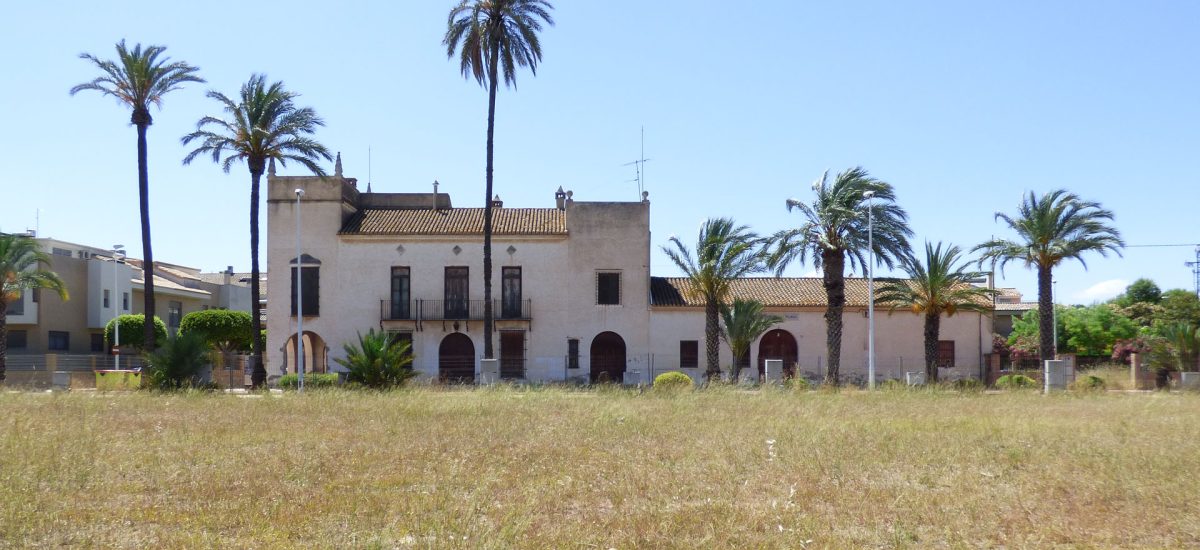The Picanya City Council (Valencia) has agreed, in a session held on May 15, 2024, to submit to public exhibition the initial version of the Catalogue of Protections, an urban planning instrument that develops and complements the public policies that have been promoted for decades. from the city council and that have made this town a reference in environmental and urban matters in the L’Horta Sud region. The catalogue, in accordance with current legislation in the Valencian Community, addresses the protection of heritage from a holistic perspective and includes four sections: cultural, natural, landscape and democratic memory. Within the framework of the work carried out by AUG-ARQUITECTOS, SLP, a Landscape Study has also been prepared, with its corresponding Public Participation Plan, in which 31 people participated.
Addressing the drafting of the Catalogue of Protections of Picanya means accepting the challenge of intervening in one of the municipalities of Valencia that has the greatest quantity and diversity of elements of interest, where the scale of intervention begins in the landscape and ends in the details of many of the its traditional buildings. The outstanding work of urban and peri-urban landscaping, accompanied by the care and implementation of green routes throughout the municipal area that the city council has promoted in recent decades, does not go unnoticed in a landscape in which orchards intersect with the interesting architecture that identifies them, from the late 19th century and early 20th century. On the urban land, not only specific buildings are clearly distinguishable, but entire neighborhoods with a very defined typmorphology, in addition to the traditional historical core. From recent times, public and private buildings of great architectural quality stand out, on urban and rustic land, whose inclusion in the catalog highlights the level and vitality of local architecture.
The Catalogue of Protections proposes the inclusion of a total of 208 elements, divided into archeology (3 elements), ethnology (78 elements), architecture (122 elements) and democratic memory (5 elements). Of these elements, 33 will have the status of Asset of Local Relevance.


